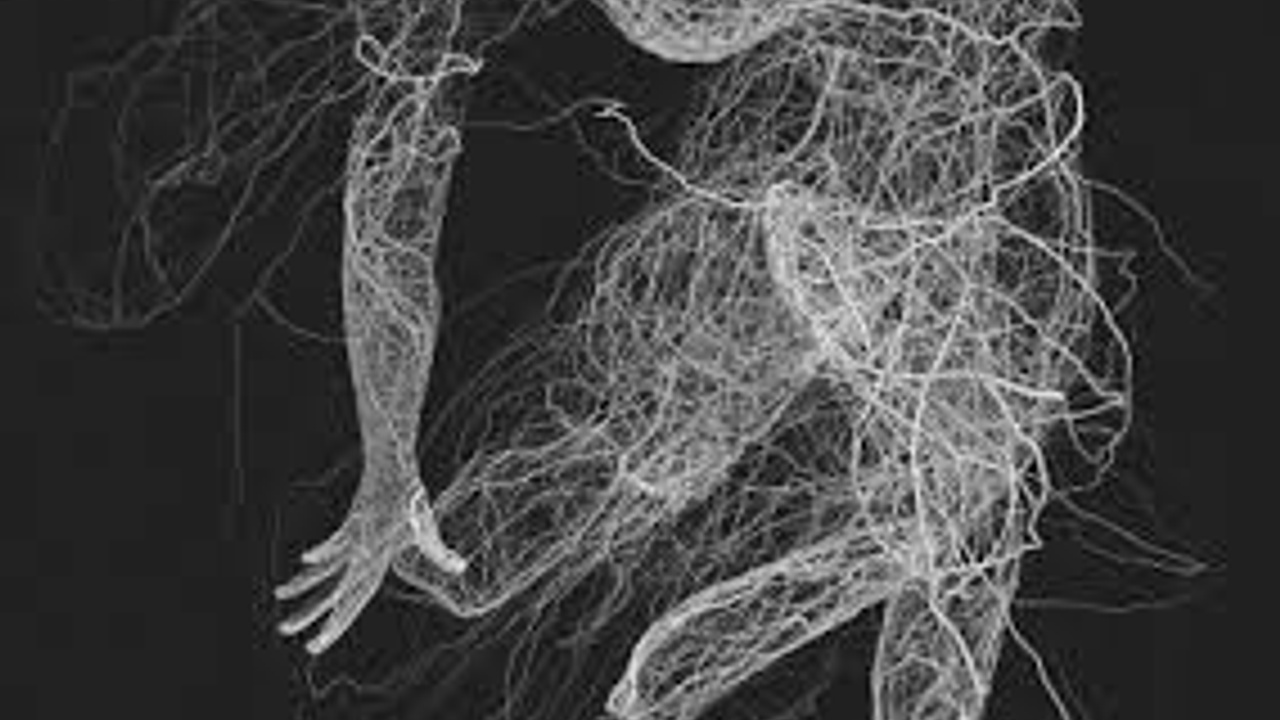Five Things That Might Surprise You About Fascia

Fascia is the term used to describe ALL the tissues throughout our bodies. Most of us picture fascia as a Spider-Man suit worn just under the skin. We imagine fascia surrounding our muscles, organs and bones - but it’s really so much more!
Some fascia is incredibly dense, like bone. Other fascia is very delicate, like the tissue surrounding our organs. This almost magical substance serves us like a highway. It transmits biochemical signals that control the sensory and motor pathways in our body. Its transmissions can influence our emotions as well as our postures and movements - often doing both at the same time!
Check out these five ways our fascia is truly incredible:
1. All the structures in our bodies are capable of changes at any age.
Emotional and physical stresses on the body can establish, change and/or reinforce our physical structures. Interestingly, we each have a unique physical presence even though we have the same physical structure. It is certainly reassuring that, if we create changes in physical structures over time, we can undo these changes when we become aware that they are not serving us.
2. Most of us become aware of our ‘inner body’ only when we are injured. Curiously, this awareness is often negative.
We are disappointed in our bodies when we can’t function at our best. We feel let down. Instead of getting down on ourselves, we could embrace the opportunity to nourish our bodies and rebuild new patterns of movement. This would create new fascial structures.
3. Our body has an innate ‘recorder’ that remembers how we previously responded to particular emotional and physical situations.
We almost reflexively change how we move about in the world when one area of our body no longer functions the way we have come to expect. This adaptive movement strategy can cause our fascia to become fixed in a groove that now unfortunately plays on ‘repeat’.
4. We continue to use these recorded patterns even after our injuries have healed and situations requiring creative patterning have resolved.
If we aren’t able to correct these inappropriately recorded patterns, we now begin to accumulate as a ‘vault’ of misinformation that the body can draw upon at any time - whether it is necessary or not!
5. When the connective tissue or fascia is distorted because of an injury, we have uneven tension in our body.
The unevenness of this tension can register throughout the entire body. Think of something that has snagged or pulled on a spider web. The web is now stretched out of its original shape.
Initially, this effect on the entire body was supportive. It helped us avoid too much pressure or strain on an injured area. But now, once the emergency passed and there was no need for any compensation, we’re left with a system-wide redistribution of loads. This redistribution of forces no longer serves the original protective purpose.
Do we know enough to figure out how to get rid of our adopted poor movement habit(s)? Not likely - these maladaptive movements are pretty hard to feel and to see!
Gentle, small and very precise movements performed at low repetitions are often needed to restore ideal fascial patterns. Kinesiologists and other therapists that use movement as a treatment modality will work with whole body functional movements to get the body back to its balanced functional patterns once again.
Movement therapists will focus on the entire system of delicate fascia rather than concentrating on a knee, a hip or a shoulder. We’ll carefully guide the body as it relearns simple large movement patterns and then dial it in to perform smaller and more precise patterns. These gentle, small and low demand movements begin to restore ideal patterns. We’ll gradually shift the body away from continuing to repeat movement habits that no longer serve.
Pretty interesting, yes?
These thoughts are expanded from the concepts in this wonderful resource: ‘The Endless Web: Fascial Anatomy and Physical Reality’ written by R. Louis Schultz, PhD and Rosemary Feitis, DO in 1996. This reference belongs in the library of every fascial fan!

Interested in learning more about how fascia evolves in our bodies? Curious about the positive effects of nutrition, breathing and movement?
Join Registered Massage Therapist Simone Nitzan and myself, kinesiologist and nutritionist Angela Pereira, for a deep dive into Fascinating Facts About Fascia. It’s an on demand course now open for registration.
Become a Guest Blogger!
We are now accepting applications for new Guest Bloggers! We encourage our fellow bloggers or aspiring bloggers to share their knowledge with the First Line Education community! If interested, please click the link below.


